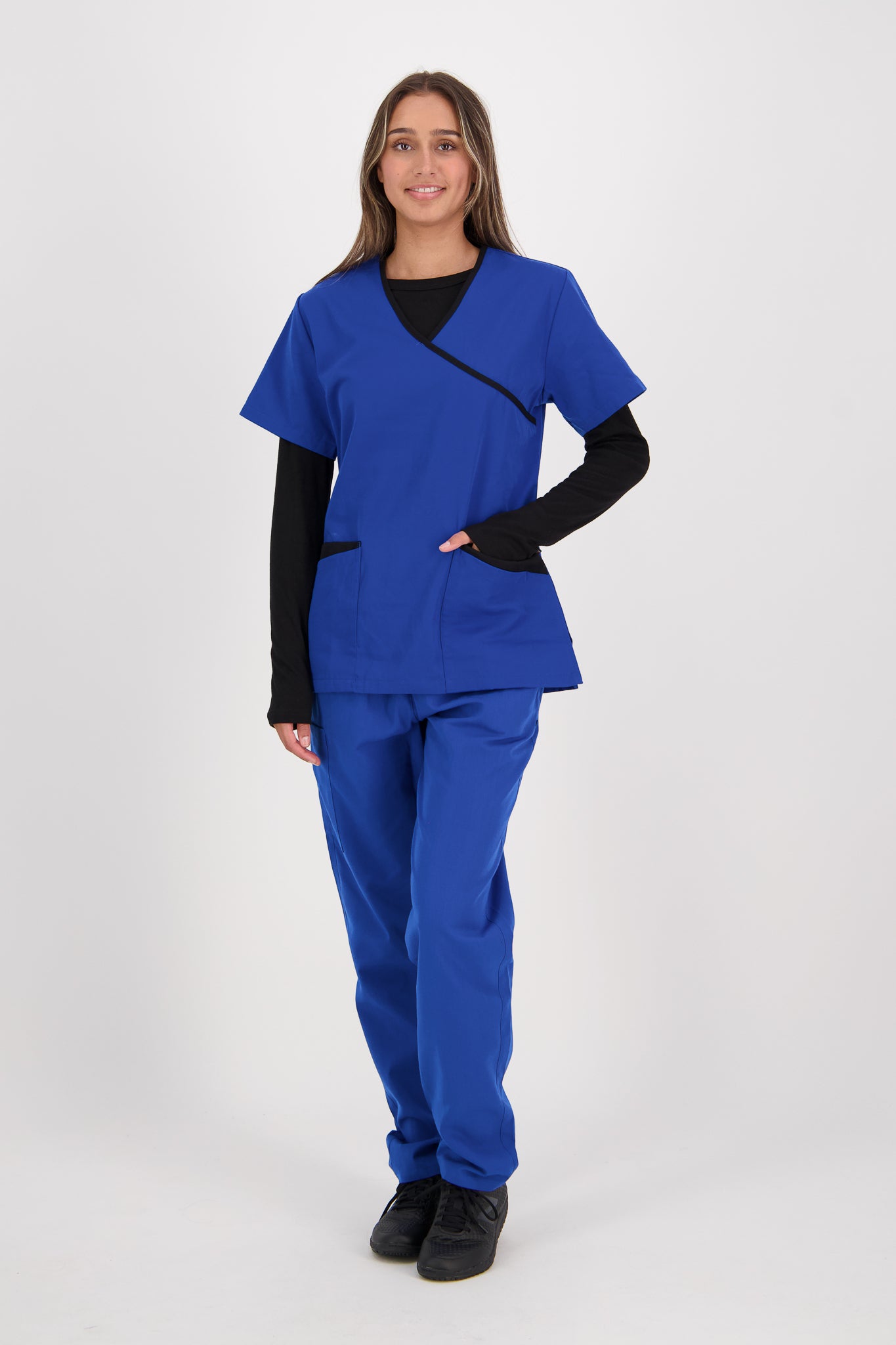When it comes to working efficiently and looking good while doing so, the clothing and uniform you wear and the fabrics and materials that these clothes are made of can completely alter your comfort and professionalism.
Learning about the different types of materials can help you make a more informed decision about how to look and feel good in any type of profession. Work clothing is made from a wide range of different materials, and depending on your profession, different fabrics will suit your needs more.
Dress for Success
In a front-facing job, your visual impression on a client is vital. For your business and corporate apparel needs, dress to impress, and set a high standard from your first impression.
- Perma-Crease is a unique application that has been applied to the fabric of many workwear items. This technology ensures the clothes look sharp for every wear, wash after wash. This fabric is highly beneficial for busy workers who want to look sharp without spending an excessive amount of time ironing.
- Polywool Z stretch is a high-quality fabric found in many workwear jackets. It drapes and stretches with ease, bringing exceptional comfort to any workplace environment. While quality products can cost more, the benefit of buying quality products that last, outweighs the short term savings.
These are some of the best materials and fabric options for work uniforms, and help create smart, professional-looking outfits that are well suited for the office, retail, service and transport industries.
Dress for Stress
In a fast-paced pressured environment, such as those in the medical and hospitality sectors, style is very important, yet functionality is key. Being able to react and move quickly, while remaining comfortable requires durable, light yet tough fabric.
The ideal fabric for this kind of industry is Polycotton. This blend of polyester and cotton is lightweight yet extremely durable. The use of cotton helps keep the fabric cool and breathable, even in stressful, pressurised situations. While the use of polyester ensures the fabric is tough and durable for any hardy situation.
Jobs found in messy environments, such as chefs, may also require a fabric such as Nylon, which is durable and easy to be wiped down. Nylon can be found in a range of our aprons which both protect the clothes and the worker.
Dress for Mess
Heavy-duty, messy jobs such as construction, safety and even beauty therapy, require a well thought out uniform. These uniforms need to be functional and provide safety, yet still be stylish.
Garments that contain a Teflon coating in the fabric, such as work pants, means the clothes will help repel stains. This technology means the uniform will last longer, but will also help the worker to stay looking presentable, despite their messy circumstances.
For those working in the beauty sector, such as a nail salon, a tunic is a common uniform. Try opting for a Linen blend tunic. Linen fabric is breathable, allowing workers to stay cool in hot environments, while also looking fashionable.
Decisions
There are so many factors that help dictate what uniform fabric is best suited for your uniform. Not only is the industry important, but don’t forget to evaluate the ethics behind your uniform fabric suppliers. Here at Arrow Uniforms we are encouraging our clients to move to biodegradable cotton-based clothing, introducing uniform recycling options, monitoring our factories ethics. You can check out our sustainability policies here.
Choosing your perfect uniform can be overwhelming, and that’s why we are here to help! If you’re interested in finding a uniform perfectly suited to you and your workplace, get in touch today and we can start designing together!








Leave a comment
This site is protected by reCAPTCHA and the Google Privacy Policy and Terms of Service apply.